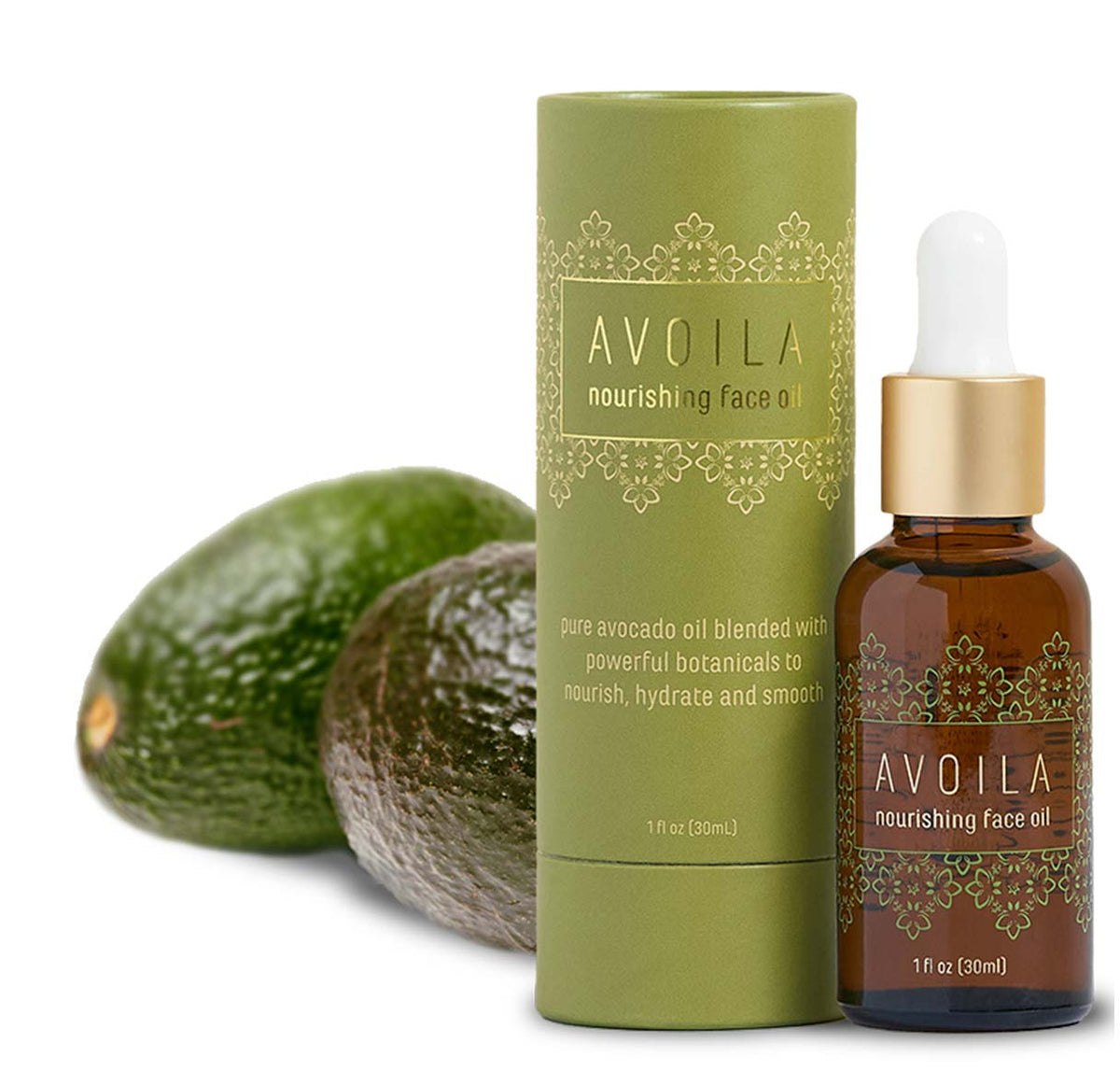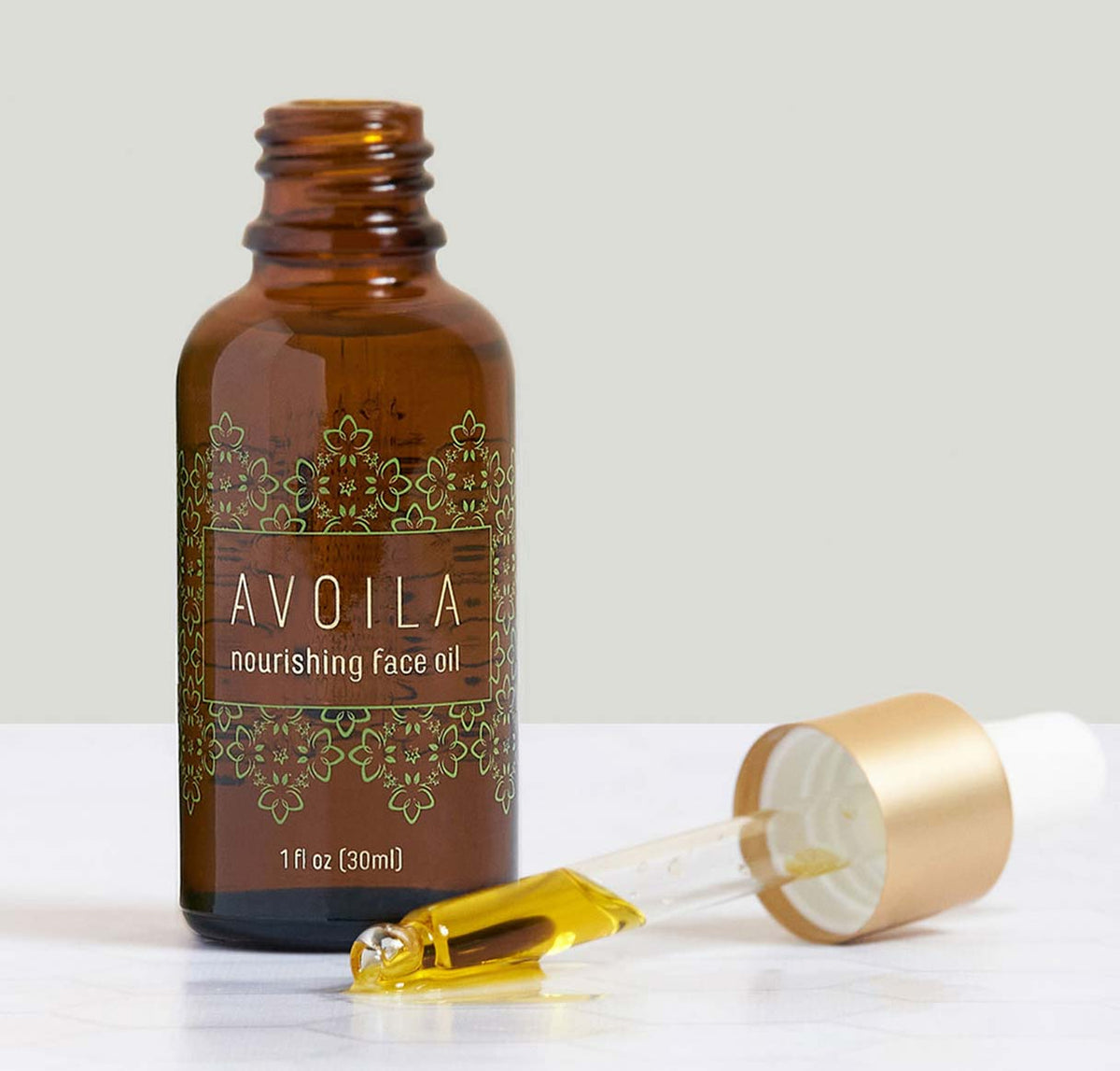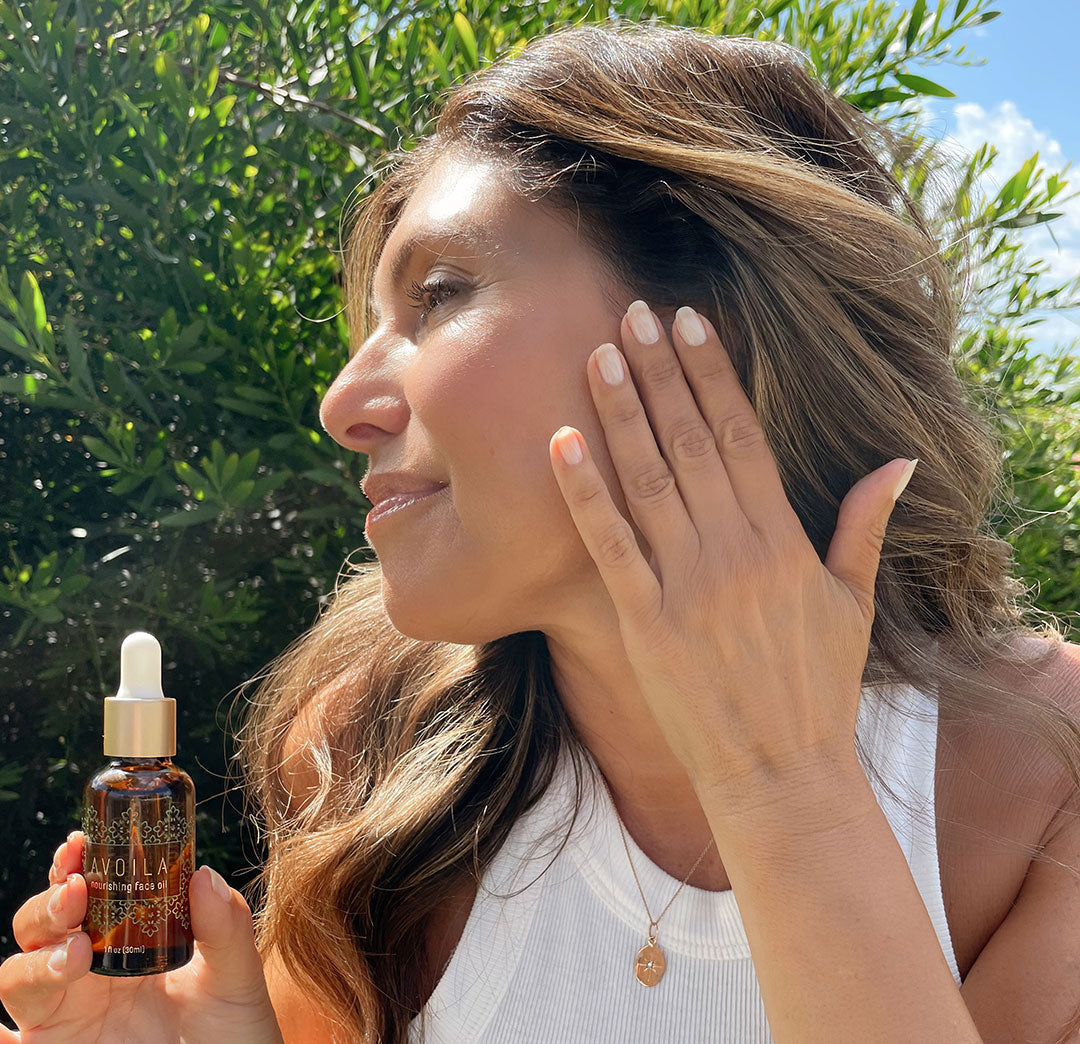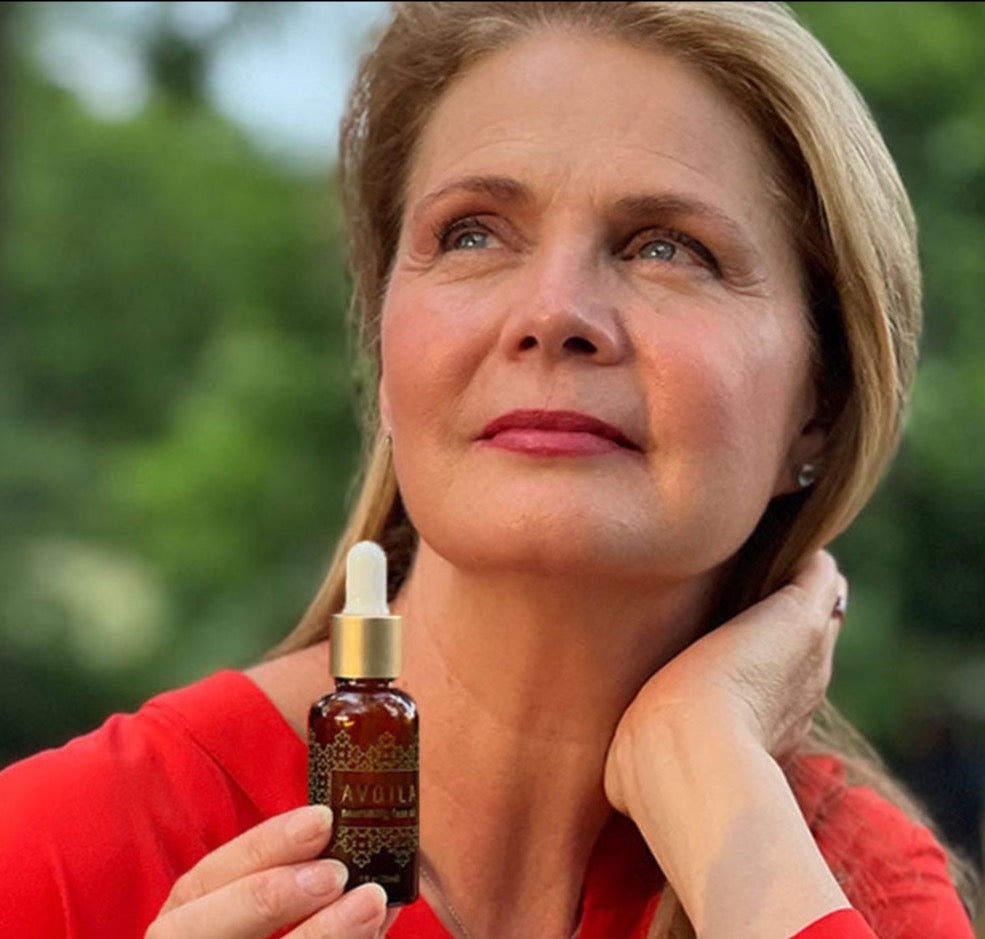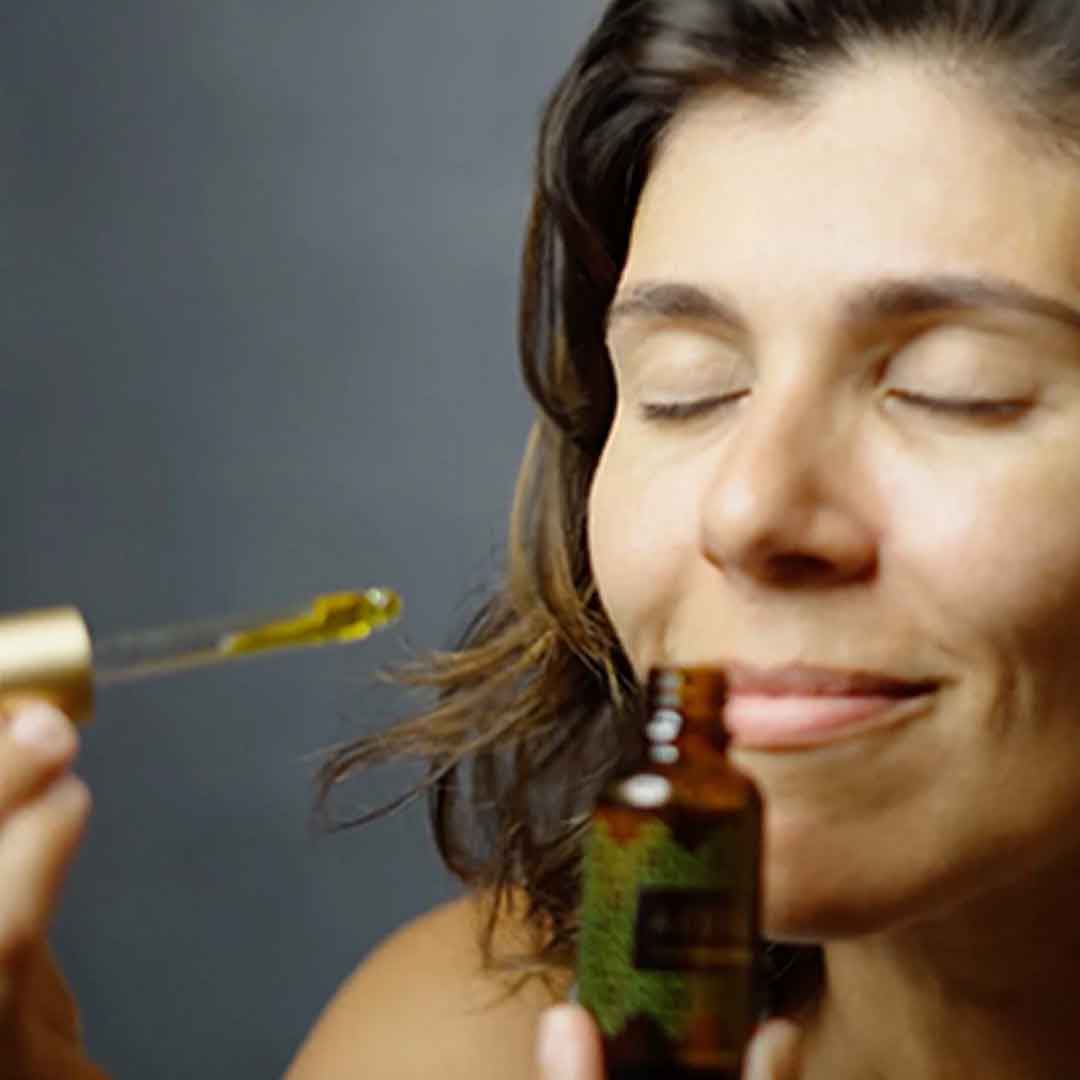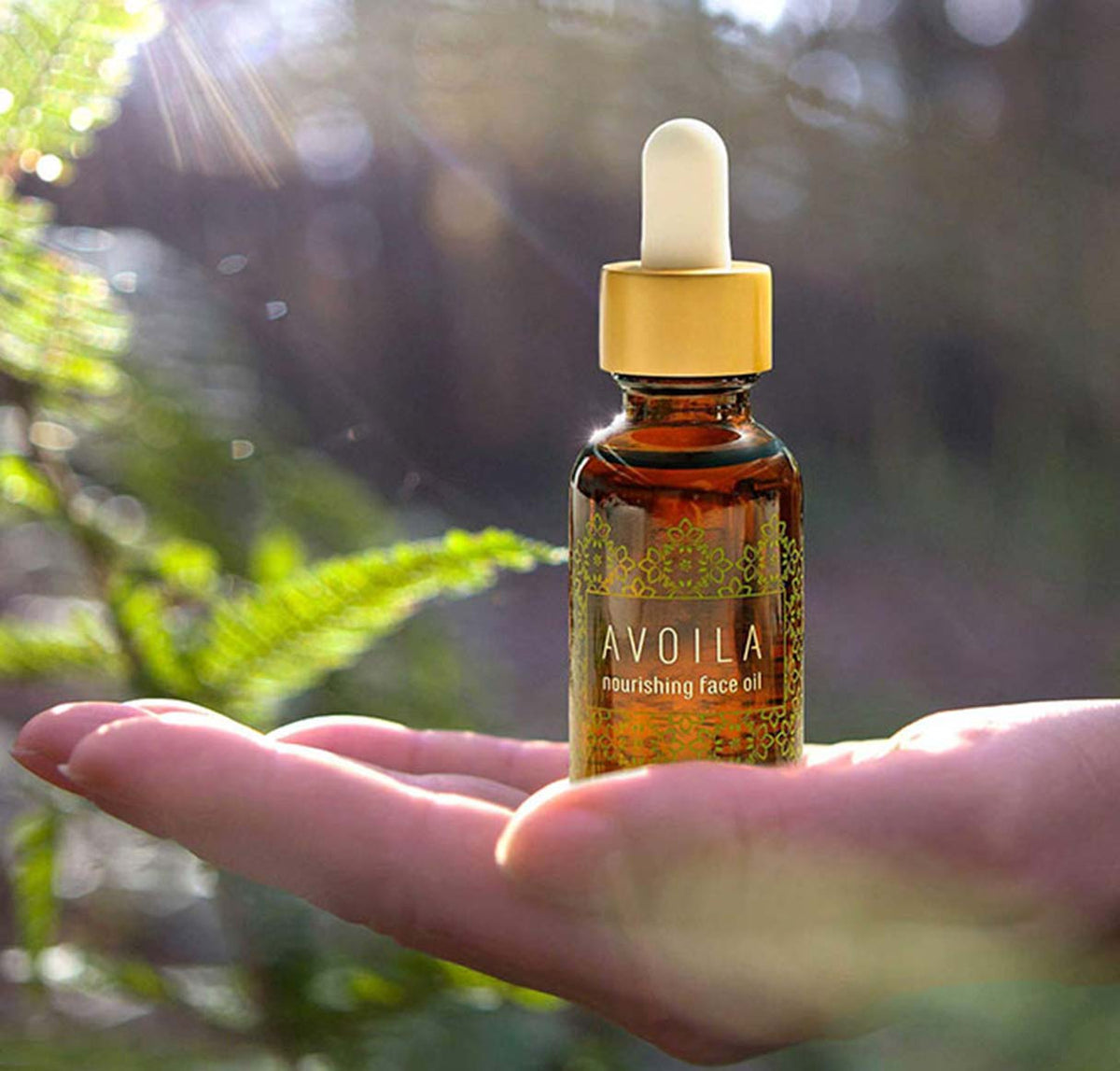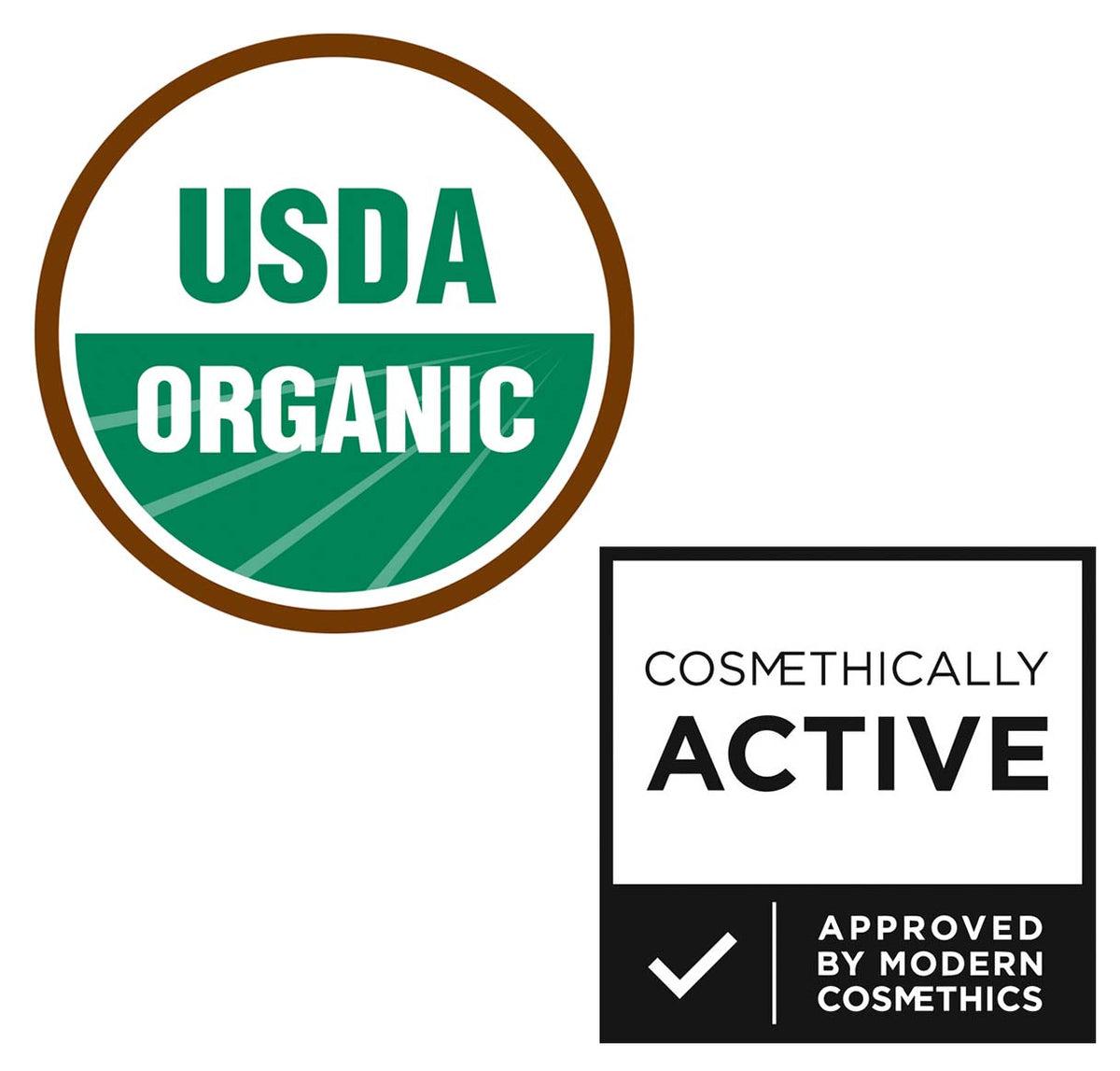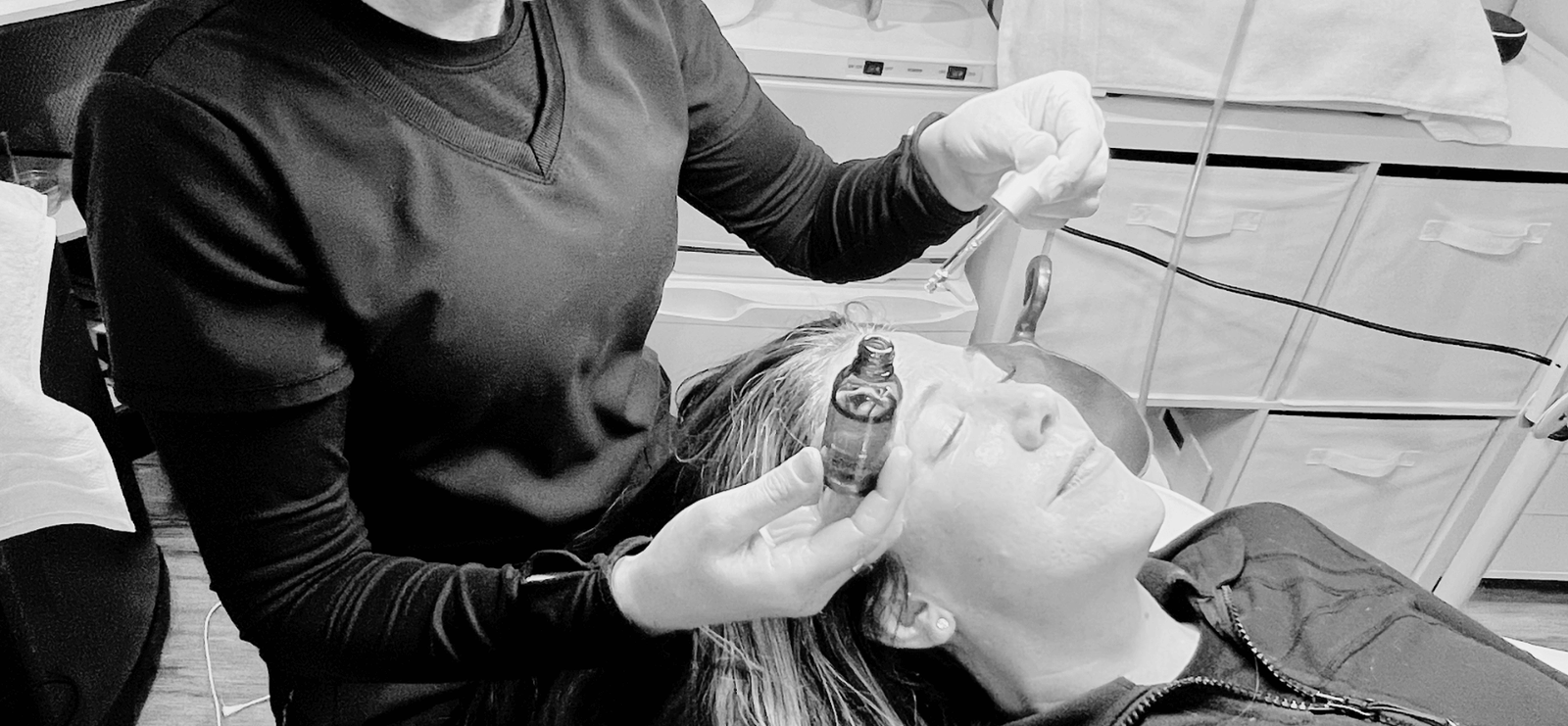
The list of non-invasive cosmetic procedures done through your aesthetician and dermatologist is getting longer and longer. Microdermabrasion, microneedling, lasers, dermaplaning, and chemical peels are all powerful cosmetic procedures designed to improve the appearance of your skin. They work by creating controlled injuries to the skin's surface, triggering the body's natural healing response. This process, while mostly gentle, can still leave your skin feeling fragile, irritated, and vulnerable.
Before we get into how Avoila Nourishing Face Oil can help heal your skin after a procedure, let’s first talk about what each procedure entails.
Common Cosmetic Procedures and Their After Effects
- Microdermabrasion: This minimally invasive procedure aims to improve the appearance of your skin by gently removing the top layer of dead skin cells. It's often considered a milder alternative to procedures like dermaplaning or chemical peels. Microdermabrasion can cause slight redness and irritation for a short period of time.
- Microneedling: Another minimally invasive procedure, microneedling involves creating tiny punctures in the skin using a roller with fine needles. This controlled injury stimulates collagen production, leading to firmer, smoother skin.While microneedling is generally well-tolerated, it can cause temporary redness, swelling, and flaking.
-
Laser Treatments: Lasers target specific skin concerns, such as wrinkles, sun damage, and unwanted hair. Depending on the intensity of the laser, side effects can range from mild redness to crusting and temporary hyperpigmentation.
- Dermaplaning: This treatment involves gently scraping the surface of the skin with a surgical blade to remove dead skin cells, vellus hair (peach fuzz), and improve product penetration. Dermaplaning leaves the skin feeling incredibly smooth but can also cause temporary redness and sensitivity.
- Chemical Peels: Chemical peels use various acids to exfoliate the skin at different depths. Depending on the strength of the peel, you may experience redness, peeling, and increased sun sensitivity.
The Healing Process After Cosmetic Procedures
Following a cosmetic procedure, your skin goes through a series of well-defined healing stages:
- Inflammation: Immediately after the procedure, your skin will experience inflammation, redness, and possibly some swelling. This is a normal response as your body sends white blood cells to the area to clean up any debris and begin the healing process.
- Proliferation: During this stage, which lasts for several weeks, your body focuses on rebuilding the damaged tissue. New collagen and elastin fibers are produced, leading to firmer, plumper skin.
- Remodeling: In the final stage, which can last for up to a year, the new collagen and elastin fibers are reorganized and strengthened, leading to long-term improvements in your skin's texture and tone.
The right aftercare regimen is crucial for maximizing the benefits of your cosmetic procedure while minimizing potential side effects. Here's where a nourishing face oil, like Avoila's Nourishing Face Oil, can become your skin's best friend.
The Power of Avoila Nourishing Face Oil for Post-Procedure Healing
Avoila Nourishing Face Oil is a potent blend of organic, cold-pressed carrier oils formulated to deeply hydrate, soothe, and protect your skin. "Here's how each ingredient in this luxurious oil can benefit your post-procedure healing:
- Avocado Oil: Rich in vitamins A, D, and E, as well as essential fatty acids, avocado oil promotes skin healing and regeneration. It also helps reduce inflammation and redness, common after many cosmetic procedures.
- Grapeseed Oil: A lightweight oil high in antioxidants and linoleic acid, grapeseed oil helps reduce inflammation and promotes cell regeneration.
- Rosehip Seed Oil: Packed with vitamins A and C, rosehip seed oil is known for its ability to brighten skin tone and improve the appearance of scars.
- Sea Buckthorn Oil: This oil is a rich source of vitamin A and essential fatty acids, which help promote healing and reduce inflammation.
- Vitamin E: A powerful antioxidant, vitamin E helps protect the skin from free radical damage, which can be accelerated after some cosmetic procedures.
"My favorite thing to use on the face post treatment is Avoila oil. I love it because it’s made of fatty acids that help to repair the skin, rebalance hydration and help restore a healthy glowing complexion." Amy Rocker, aesthetician, PC Skin Expert
How to Use Avoila for Post-Procedural Care
While the specific aftercare instructions will vary depending on the procedure you receive, here's a general guide on incorporating Avoila Nourishing Face Oil into your routine:
- Wait for Doctor's Approval: Always get the green light from your aesthetician or dermatologist before introducing any new products to your post-procedural regimen.
- Start Slowly: Once approved, begin by applying a small amount of Avoila Nourishing Face Oil to a test area on your inner arm. Wait 24 hours to check for any irritation. If your skin reacts well, you can proceed with facial application.
- Less is More: During the initial healing phase (typically the first 3-7 days after your procedure), focus on gentle cleansing and apply a very thin layer of Avoila oil once or twice a day.
- Hydration Hero: As your skin heals and tolerates the oil better, you can gradually increase application frequency. Avoila oil can also be layered on top of your moisturizer for extra hydration.
- Pat, Don't Rub: Apply the oil with gentle patting motions to avoid irritating the freshly treated skin.
Additional Tips for Optimal Healing
- Sun Protection is Essential: Following a cosmetic procedure, your skin is especially sensitive to sun damage. Always wear a broad-spectrum SPF 30 or higher sunscreen daily, even on cloudy days.
- Listen to Your Skin: Pay close attention to how your skin reacts to the oil and adjust your routine accordingly. If you experience any irritation, discontinue use and consult your doctor.
- Gentle Cleansing: Avoid harsh scrubs and cleansers that can strip your skin of its natural oils. Opt for a gentle, fragrance-free cleanser during the healing process.
- Lifestyle Matters: Maintain a healthy lifestyle by getting enough sleep, eating a balanced diet, and managing stress. These factors all contribute to optimal skin health.
By incorporating Avoila Nourishing Face Oil into your post-procedural skincare routine, you can provide your skin with the essential nutrients and support it needs to heal effectively.
FAQs
-
What are the common side effects of cosmetic procedures? Redness, irritation, swelling, flaking, and crusting are some of the most common side effects of even 'gentle' procedures. Read more here.
-
Are there any other ingredients I can use for post-procedural care if I have sensitive skin? While Avoila Nourishing Face Oil boasts beneficial properties, some people with very sensitive skin might react to certain ingredients like rosehip seed oil. If this is a concern, consult your dermatologist about alternative soothing ingredients suitable for your skin type. They might recommend ingredients like calendula oil, colloidal oatmeal, or centella asiatica extract which are known for their calming and healing properties.

